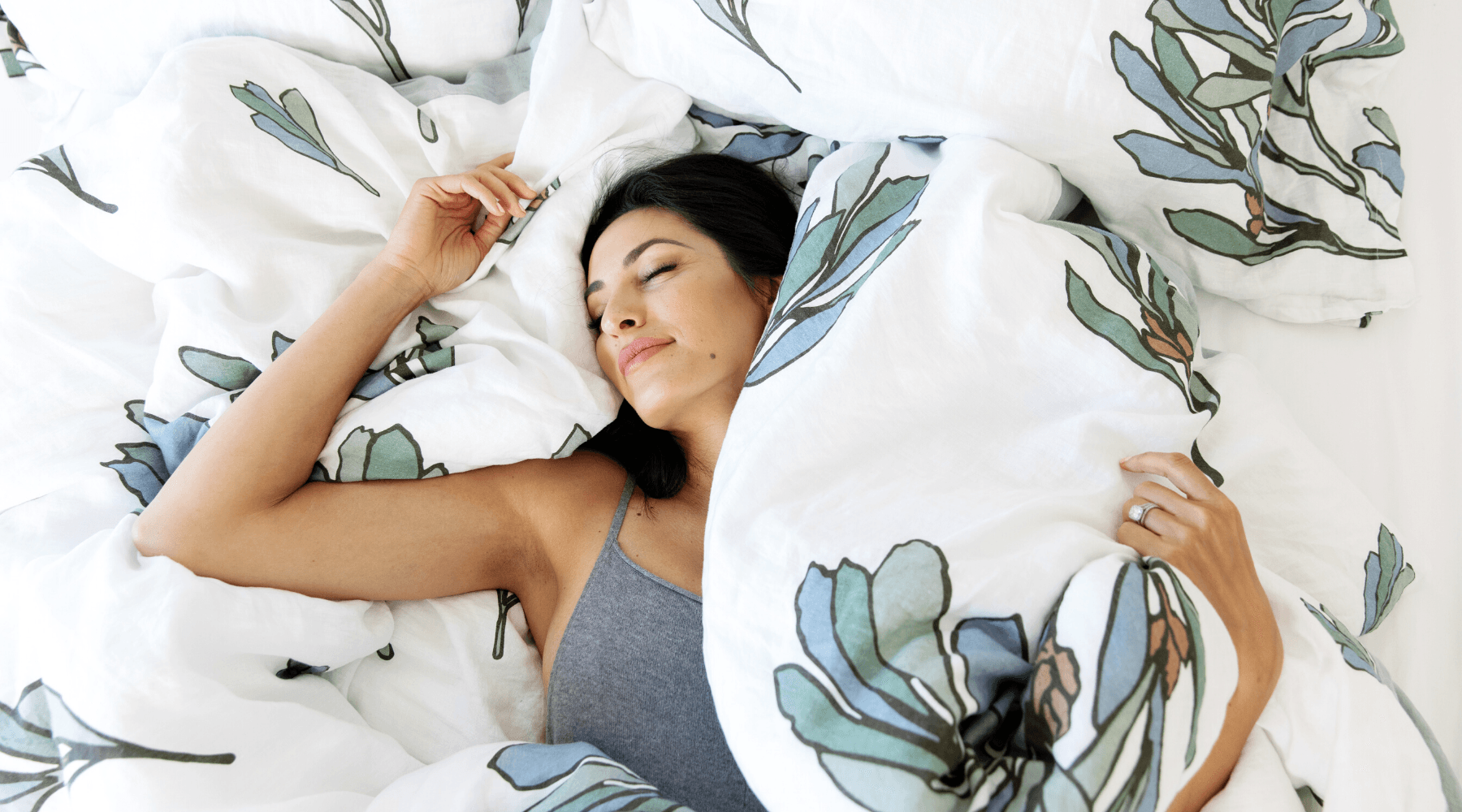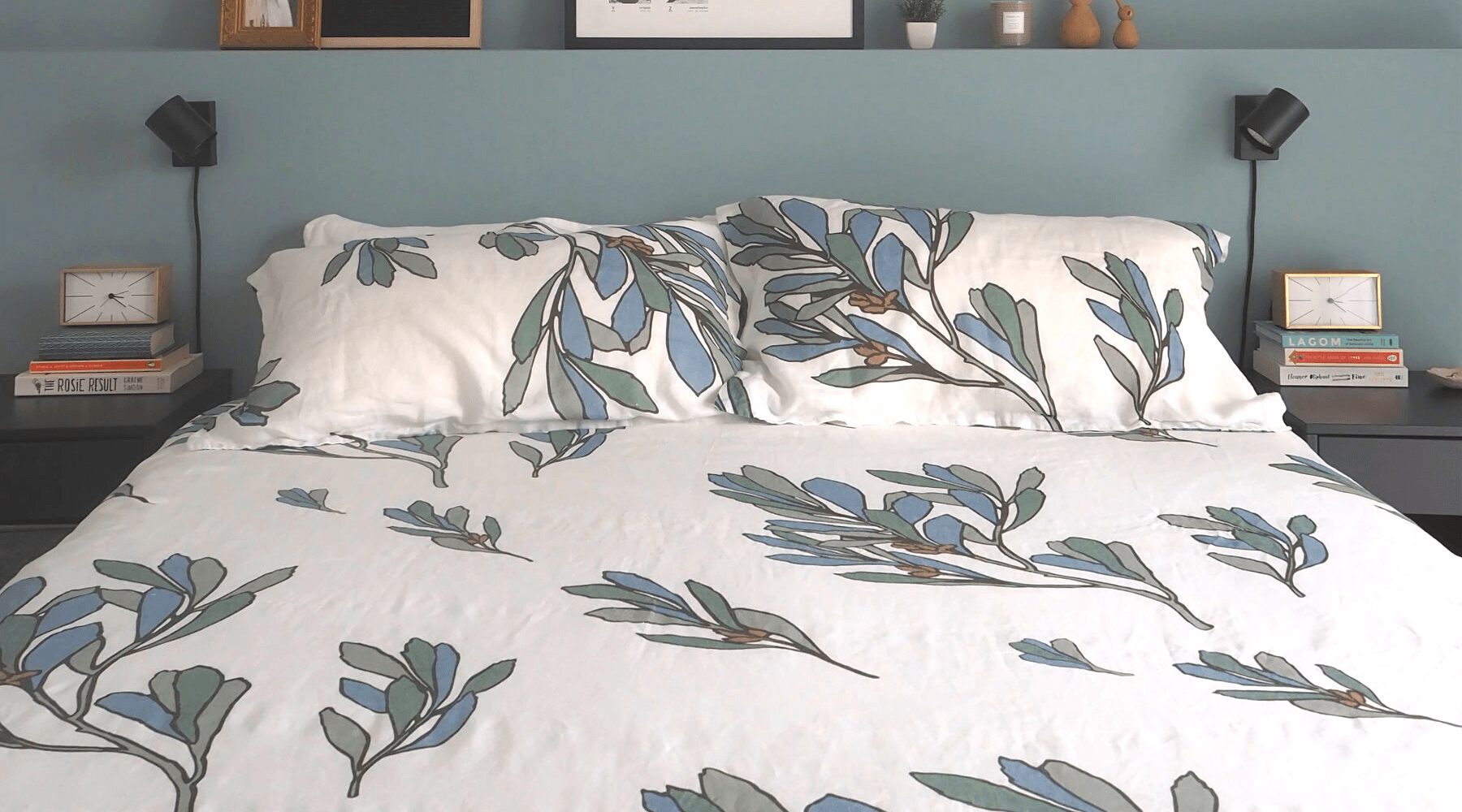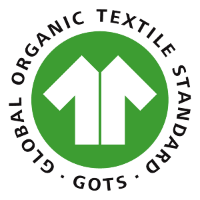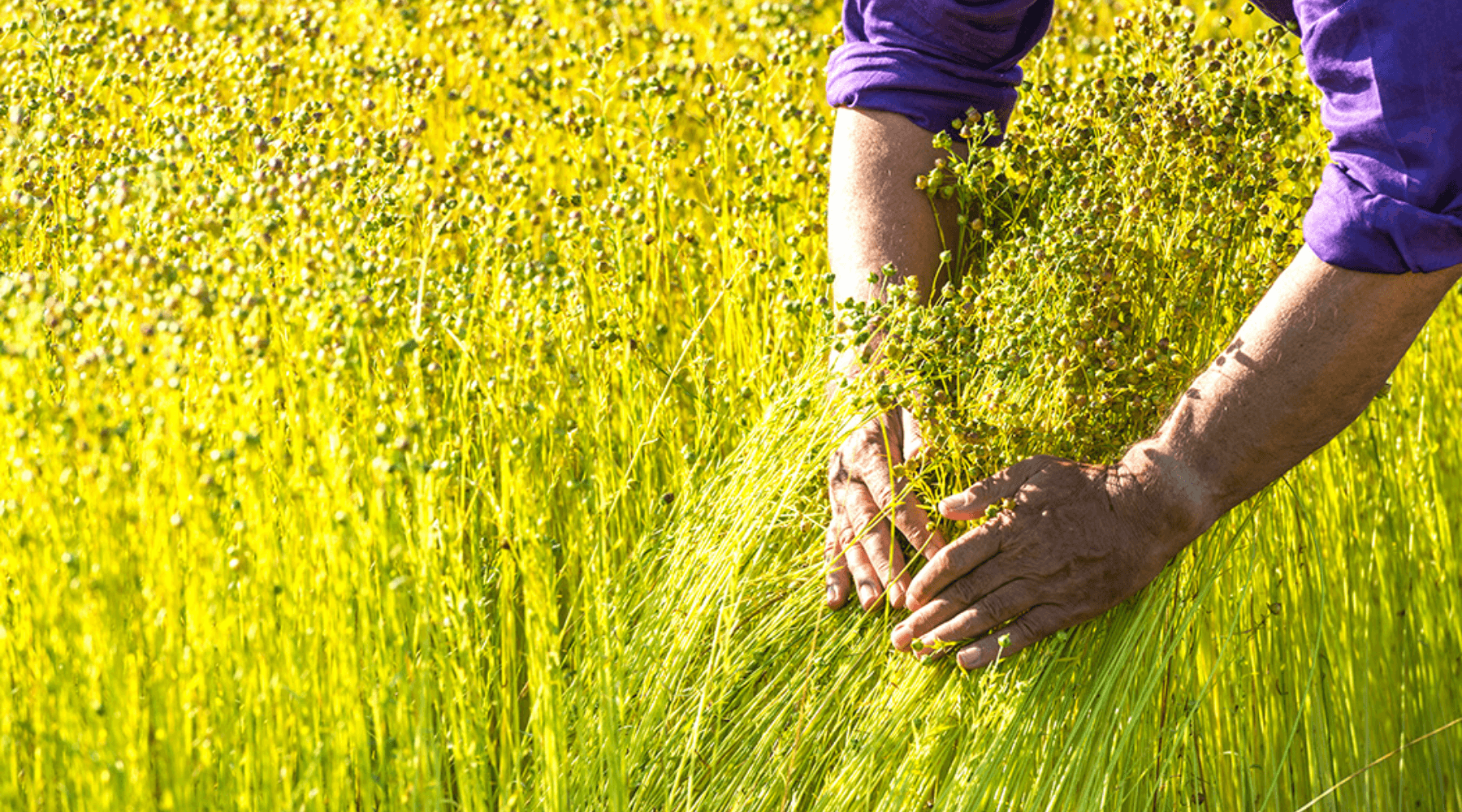
From Flax Seed to Bed Linen in 10 Steps
We are proud to share with you in detail how your linen duvet cover came to be—from flax seed to bed linen. Here at The Modern Dane, we want you to know exactly what you’re sleeping in, and feel confident that it’s good for you and the planet. That’s why we use certified European flax linen, which is traceable to its growers, and compliant with high social and environmental standards.
And since European flax also means zero irrigation, zero defoliant, zero chemicals, zero waste, and zero GMOs, this story is a happy one.
-
Sowing: Our linen is grown from flax seeds sown in Belgium, France, and the Netherlands between mid-March and mid-April. The highest quality linen is grown in these regions, where the silty soil and oceanic climate is ideal for the plant. The result is long and subtle linen fibers that feel crisp, smooth, and airy in the final product.
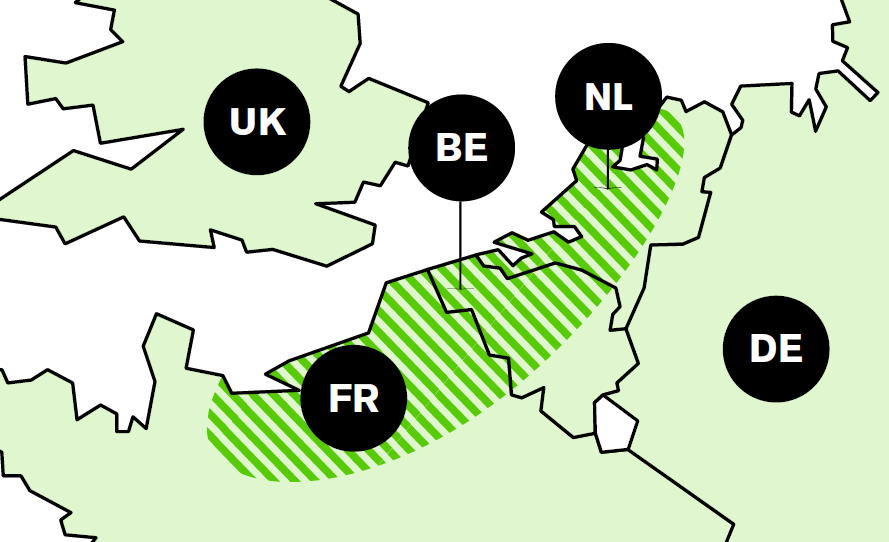
-
Growing: Flax requires 600 mm of water over 100 days of growing—all of which is provided by rain and dew. Flax is a fast growing plant. Towards the end of the growing period, it will grow a full 5 cm (about 2 inches) per day. As it grows, flax captures and converts CO2 from the atmosphere. Every year, the growing of flax in Europe results in the capture of 250,000 tons of CO2—equivalent to driving a Renault Clio around the earth 62,000 times.

-
Flowering: June is when the flax plant first shows its true splendor, as it blooms and turns the fields into a light blue sea. The flax plants are about one meter (a little over three feet) tall at this point. Each stem carries up to 100 flowers.

-
Pulling: Pulling occurs about five weeks after flowering. It's called "pulling" rather than harvesting because the flax is literally pulled out of the ground rather than cut down, in order to preserve the length of the fibers contained within its stem. The longer fibers result in a smoother fabric in the end. The roots of the flax plants remain in the ground, where they naturally enrich the soil. For this reason, flax is a ideal for crop rotation. The seeds are extracted in the process of pulling, and will be used for the following season's sowing. The pulled plants are then laid on the ground in swathes for the retting process.

-
Retting: Retting is the process of separating the fibers by breaking down the natural cement that binds them to the straw. This natural process is performed by microorganisms present in the soil, a suitable dose of rain, and zero chemicals. Retting used to be done in rivers, but since the 1950s it has been done directly in the fields to further protect the environment. Non-certified growers often use chemicals for this process, and although these chemicals make for faster processing, they produce a lower quality linen and are harmful to the environment and you. That is why we only use certified European flax at the Modern Dane.

-
Scutching: Scutching is an entirely mechanical process, without the use of any chemicals, which separates long and short fibers. The expertise of the farmer-scutcher duo is critical to getting this process just right and creating the best flax linen. Knowledge passed down through generations of European flax farmers is part of what makes the quality of European linen unparalleled. After scutching, s hort fibers are used for industrial composites in everything from dollar bills to car interiors. Long fibers are used in fashion and home textiles. The by-product of shives is used for things like composite boards and gardening bed top layers, while oil is extracted from extra seeds. Every part of the flax plant is utilized resulting in zero waste.

-
Combing: Next, the linen is combed to remove any impurities from the fiber. The fibers are then graded and stretched into soft and glossy continuous ribbons.

-
Spinning: Our linen is then spun in water heated to 60 C (140 F). This facilitates a smooth separation of the fibers, resulting in a fine thread and the most comfortable linen fabric. The linen is then bleached in accordance with strict European environmental rules which favor peroxide- rather than chlorine-based agents.

-
Weaving: Our linen is then sent to the picturesque medieval town of Guimaraes in northern Portugal, where the art of weaving has been perfected over generations. We work with a textile mill that specializes in weaving flax linen and is certified GOTS, European Flax®, and Oeko-Tex 100® Class 1. This is your guarantee that the flax yarn is fully traceable back to its European growers and adheres to the most stringent European standards of sustainability and elimination of harmful chemicals in production.

A lot of labor goes into growing flax and processing it into linen, but it is a labor of love based on proud traditions, and one that is fundamentally eco-friendly.
We fell in love with this amazing plant and textile, and we think you will, too. Flax linen is simply an incredibly comfortable sleeping experience. With our European linen duvet covers and fitted sheets, you don't have to compromise between doing the right thing and getting the finest of comforts.
If you're still curious to learn more, here's a great video that beautifully shows all of the above steps in real life:












